Author: Paul Amico
Bred at The Hop Research Center in Hüll, Germany, and released in 2012, Mandarina Bavaria is an aroma variety said to impart a blend of noble and citrus characteristics to beer. Being the daughter of Cascade, the citrus component of Mandarina Bavaria isn’t necessarily surprising, though this newer hop is known for contributing unique notes of tangerine rather than just grapefruit.

Alpha: 7 – 10%
Beta: 5 – 6.5%
Cohumulone: 31 – 35% of alpha acids
Total Oil: 2.2 mL/100g
Myrcene: 71%
Humulene: 5 – 15%
Caryophyllene: 1 – 5%
Farnesene: < 1%
Linalool: 0.1 – 0.6%
ß-Pinene: unknown
Geraniol: unknown
Parentage: Cascade, Huell Melon, Hallertauer Blanc
I’ve always enjoyed citrus notes in my hoppy beers, though over the years have come to expect that to mean either grapefruit or possibly pithy orange. The idea of tangerine aroma and flavor in beer was very appealing to me, and having never used Mandarina Bavaria, I was curious to see how it would do when used on its own.
| MAKING THE BEER |
I went with the standard Hop Chronicles Pale Ale recipe for this batch in hopes of letting the hop character shine.
Mandarina Bavaria Pale Ale
Recipe Details
| Batch Size | Boil Time | IBU | SRM | Est. OG | Est. FG | ABV |
|---|---|---|---|---|---|---|
| 5.5 gal | 60 min | 42.6 IBUs | 5.6 SRM | 1.051 | 1.011 | 5.4 % |
| Actuals | 1.051 | 1.01 | 5.4 % | |||
Fermentables
| Name | Amount | % |
|---|---|---|
| Lamonta American-style Pale Malt (Mecca Grade) | 10 lbs | 83.33 |
| Vanora Vienna-style Malt (Mecca Grade) | 2 lbs | 16.67 |
Hops
| Name | Amount | Time | Use | Form | Alpha % |
|---|---|---|---|---|---|
| Mandarina Bavaria | 22 g | 60 min | Boil | Pellet | 7.2 |
| Mandarina Bavaria | 24 g | 30 min | Boil | Pellet | 7.2 |
| Mandarina Bavaria | 24 g | 15 min | Boil | Pellet | 7.2 |
| Mandarina Bavaria | 56 g | 2 min | Boil | Pellet | 7.2 |
| Mandarina Bavaria | 56 g | 4 days | Dry Hop | Pellet | 7.2 |
Yeast
| Name | Lab | Attenuation | Temperature |
|---|---|---|---|
| Dieter (G03) | Imperial Yeast | 75% | 60°F - 69°F |
Notes
| Water Profile: Ca 92 | Mg 1 | Na 10 | SO4 153 | Cl 50 |
Download
| Download this recipe's BeerXML file |
I started off my brew day by collecting the full volume of water and adjusting it to my desired profile.
Next, I flipped the switch on my Clawhammer electric controller to get things heating up then proceeded with milling the grain.
When the water was properly heated, I stirred in the grains and check to make sure the mash was at my intended temperature.
During the mash rest, I weighed out the kettle hop additions.
When the 60 minute mash rest was finished, I removed the grains from the sweet wort and set the controller the heat it up.
Following a 60 minute boil, I used my CFC to chill the wort during transfer to a sanitized fermenter.
A refractometer reading showed the wort was right at my target OG.
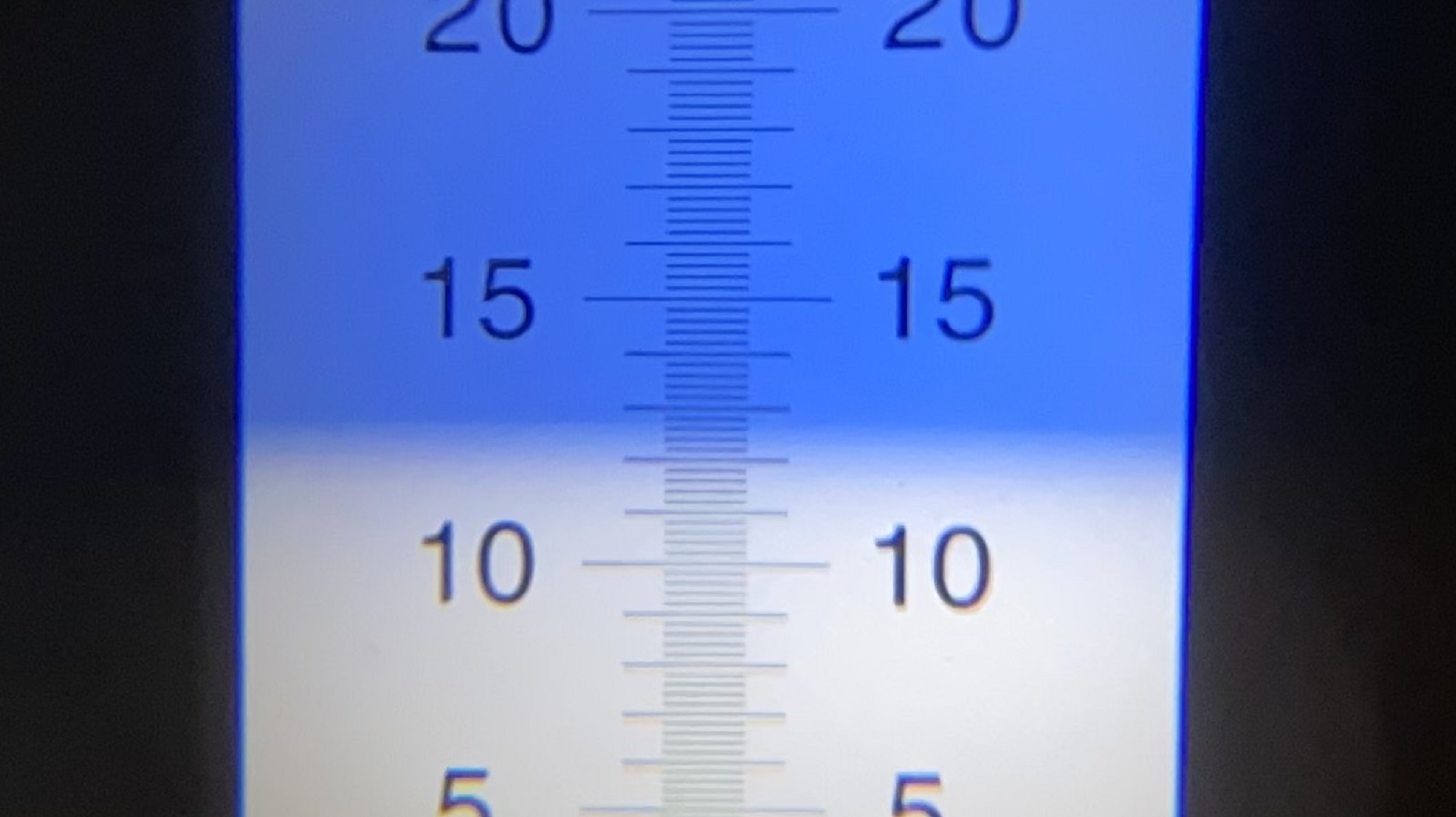
Using some remnant wort, I made a vitality starter of Imperial Yeast G03 Dieter and let it sit for about 4 hours before pitching it into the wort.
The beer was left to ferment at 66°F/19°C for 9 days before I took a hydrometer measurement confirming FG was reached.
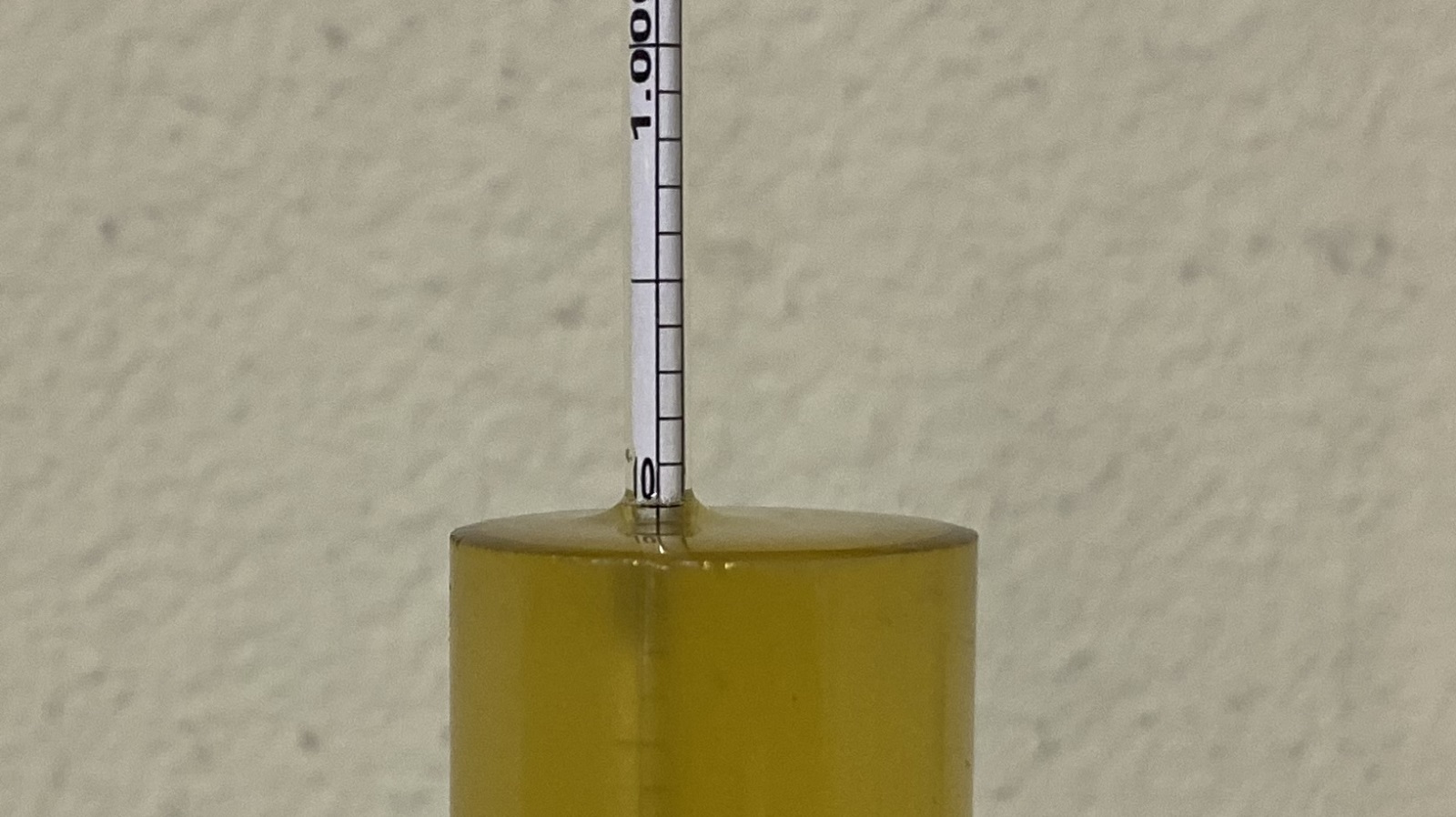
With fermentation complete, I transferred the beer to a CO2 purged keg.
The filled keg was placed in my keezer and burst carbonated overnight before I reduced the gas to serving pressure. After a week of conditioning, I began serving it to blind tasters.
| METHOD |
Participants were instructed to focus only on the aromatic qualities of the beer before evaluating the flavor. For each aroma and flavor descriptor, tasters were asked to write-in the perceived strength of that particular characteristic on a 0-9 scale where a rating of 0 meant they did not perceive the character at all and a 9 rating meant the character was extremely strong. Once the data was collected, the average rating of each aroma and flavor descriptor was compiled and analyzed.
| RESULTS |
A total of 36 people participated in the evaluation of this beer, all blind to the hop variety used until after they completed the survey. The average aroma and flavor ratings for each descriptor were plotted on a radar graph.
Average Ratings of Aroma and Flavor Perceptions
The 3 characteristics endorsed as being most prominent by participants:
| Aroma | Flavor |
| Citrus | Citrus |
| Apple/Pear | Resinous |
| Tropical Fruit | Apple/Pear |
The 3 characteristics endorsed as being least prominent by participants:
| Aroma | Flavor |
| Onion/Garlic | Onion/Garlic |
| Dank/Catty | Berry |
| Pine | Dank/Catty |
When asked to rate the pungency/strength of the hop, most tasters perceived it as being mildly to moderately pungent.
Tasters were then instructed to identify beer styles they thought the hop would work well in.
Finally, participants were asked to rate how much they enjoyed the hop character on a 1 to 10 scale.
My Impressions: I perceived mild melon and apple/pear notes in the aroma that I thought were nice enough, though I was expecting something different. Curiously, an enjoyable citrus character is what I detected most in the flavor, making the beer very crushable. I can see Mandarina Bavaria working great in Kölsch and Blonde Ale, as well as being a solid mid-boil addition for hoppier styles.
| CONCLUSION |
Mandarina Bavaria is a relatively new hop that seemed to receive quite a bit of positive attention when it hit the scene in 2012. Whereas some brewers reported it as adding a fruity twist to otherwise American-style hoppy ales, others talked of how it contributed unique aroma and flavor to pale lagers. Despite being unaware of the variety used, tasters of a Pale Ale hopped solely with Mandarina Bavaria seemed to agree, rating APA/IPA, pale lager, and Kölsch as the styles they felt it’d work best in.
While Citrus was the highest rated aroma and flavor characteristic in this Mandarina Bavaria Pale Ale, tasters tended to describe what they perceived in more general terms, with nobody explicitly identifying tangerine in post-survey conversations. I didn’t actually pick up much citrus at all in the aroma, though it did come through quite prominently in the flavor, and I felt it was very pleasant.
Personally, I’m not convinced Mandarina Bavaria is an ideal variety for hoppier styles like IPA, at least when used on their own, though I can see it working well in combination with other citrusy hops like Cascade and Centennial. However, for less assertively hoppy styles such as Kölsch, Blonde Ale, or pale lager, I think Mandarina Bavaria can add a touch of something new that’s very pleasing to the palate.
Mandarina Bavaria hops are available now at Yakima Valley Hops, get them while you can! If you have any thoughts on this variety, please feel free to share them in the comments section below.
Support Brülosophy In Style!
All designs are available in various colors and sizes on Amazon!
Follow Brülosophy on:
FACEBOOK | TWITTER | INSTAGRAM
If you enjoy this stuff and feel compelled to support Brulosophy.com, please check out the Support page for details on how you can very easily do so. Thanks!



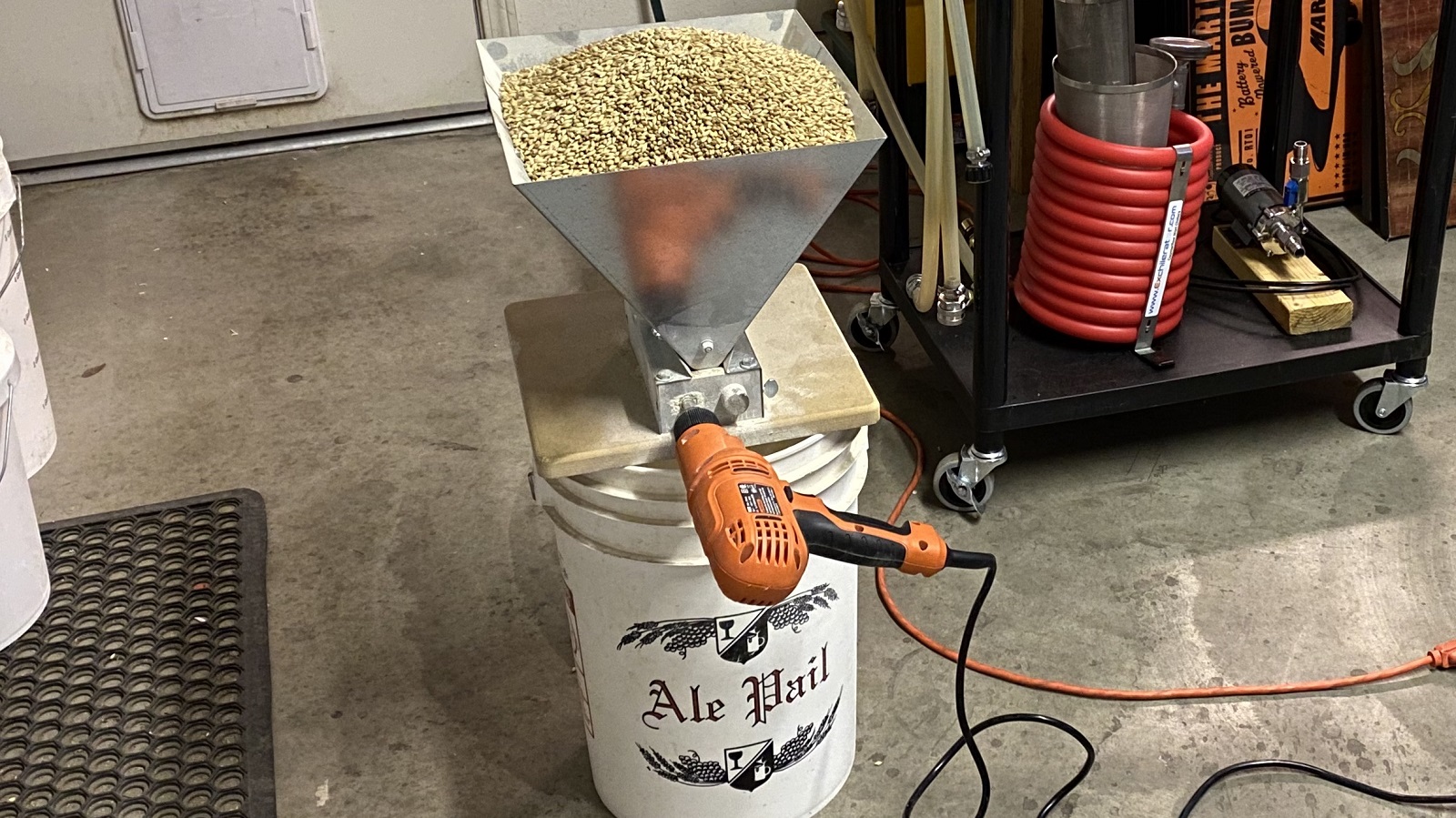
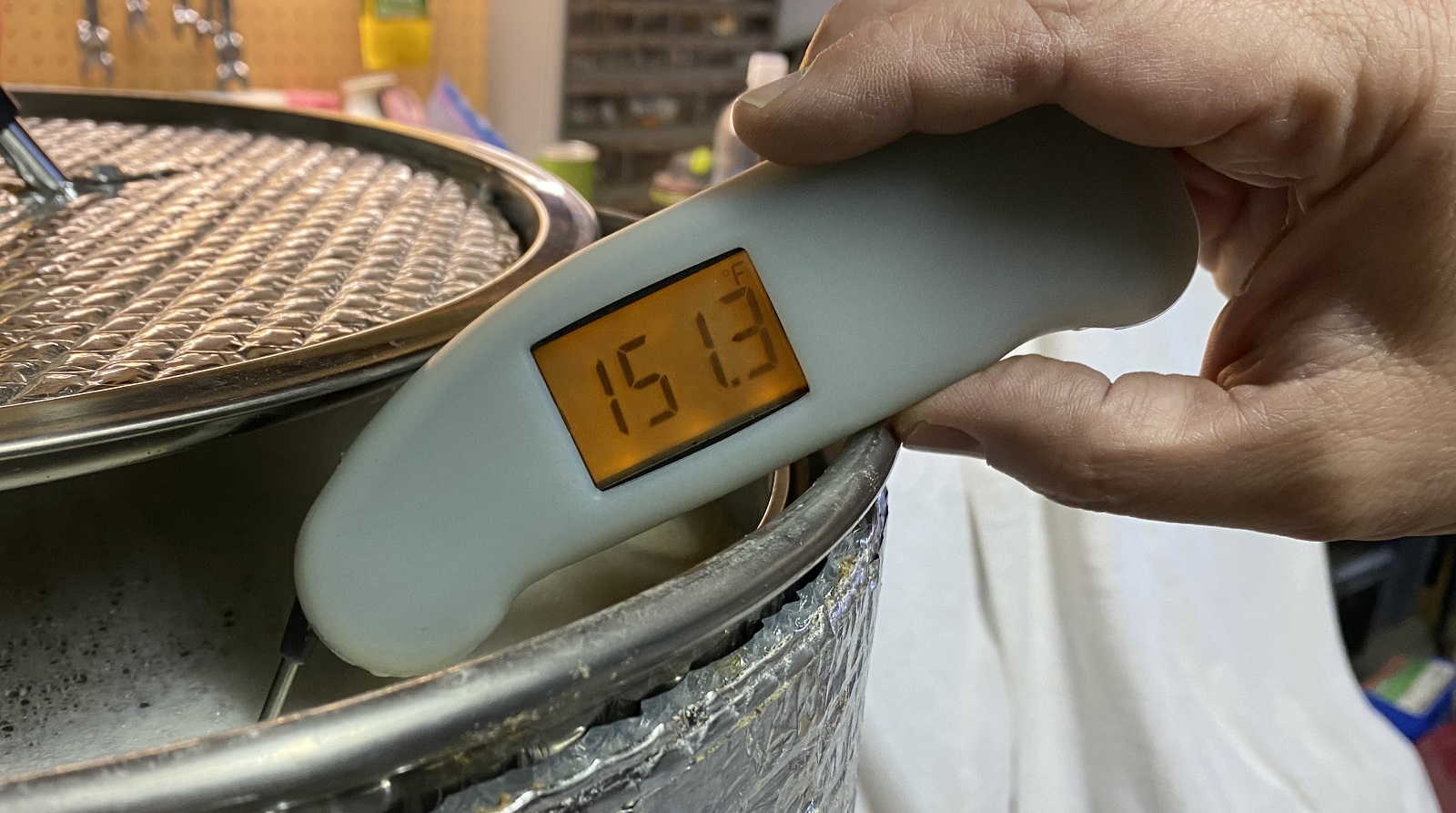
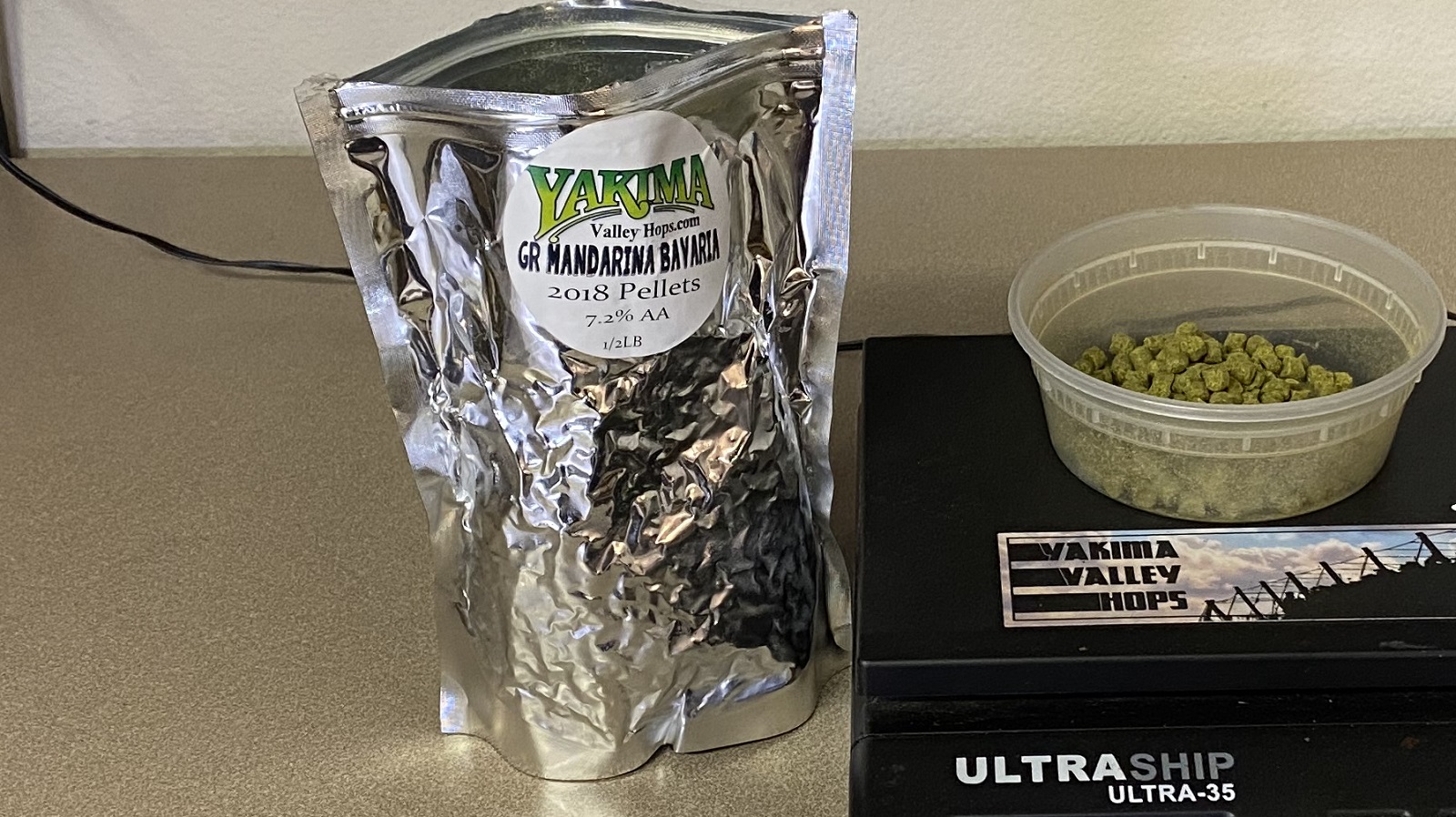
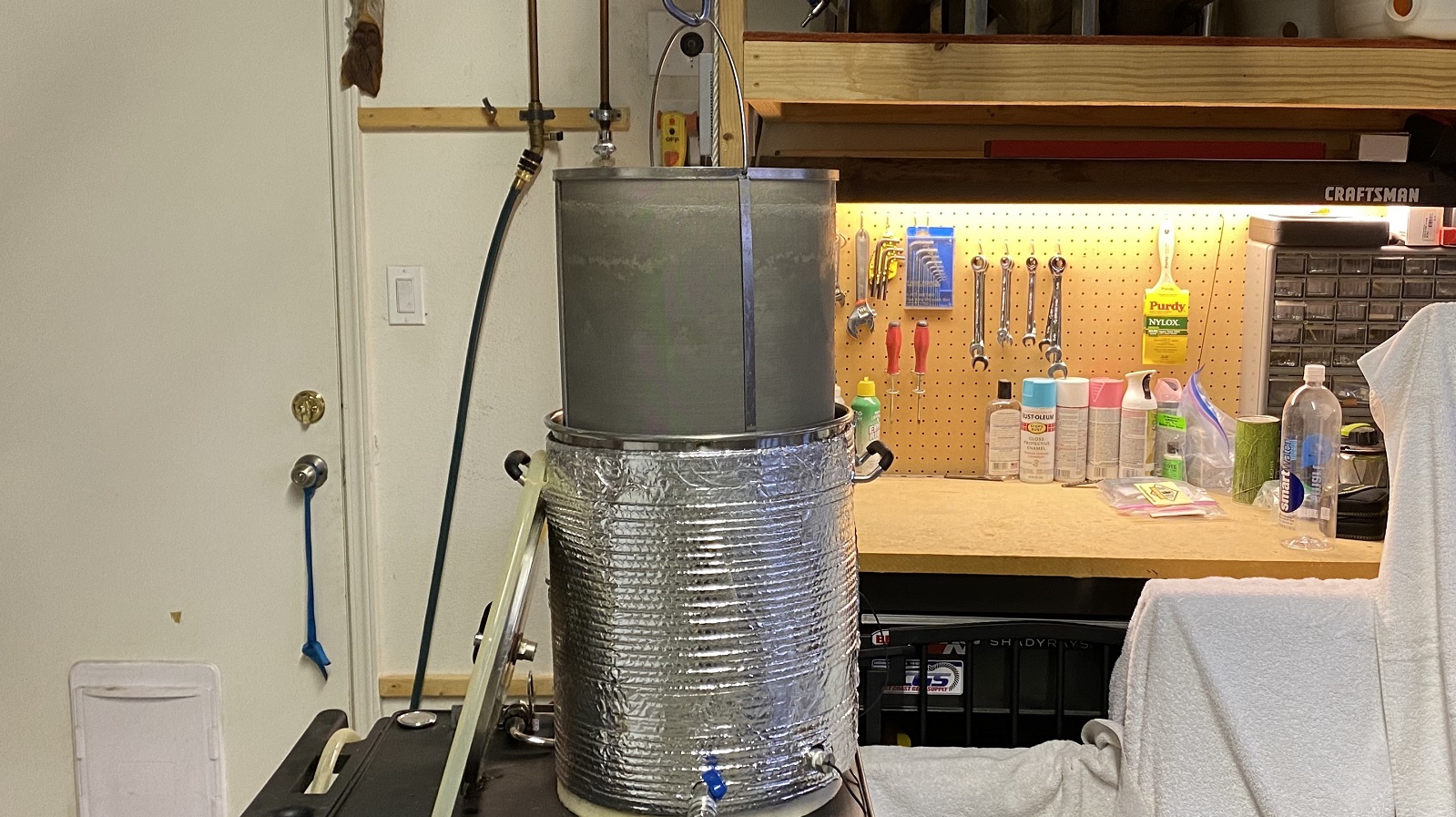
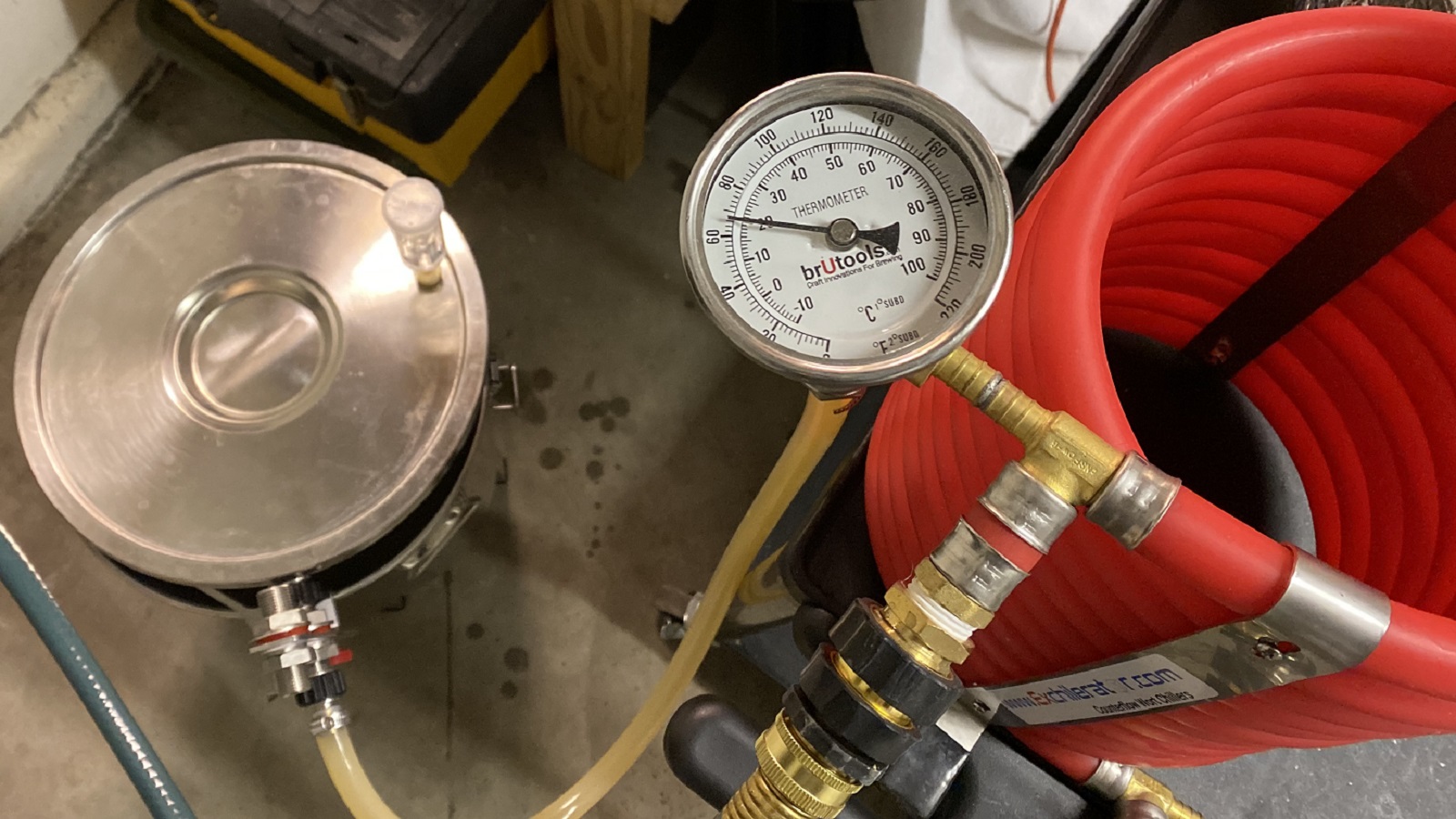
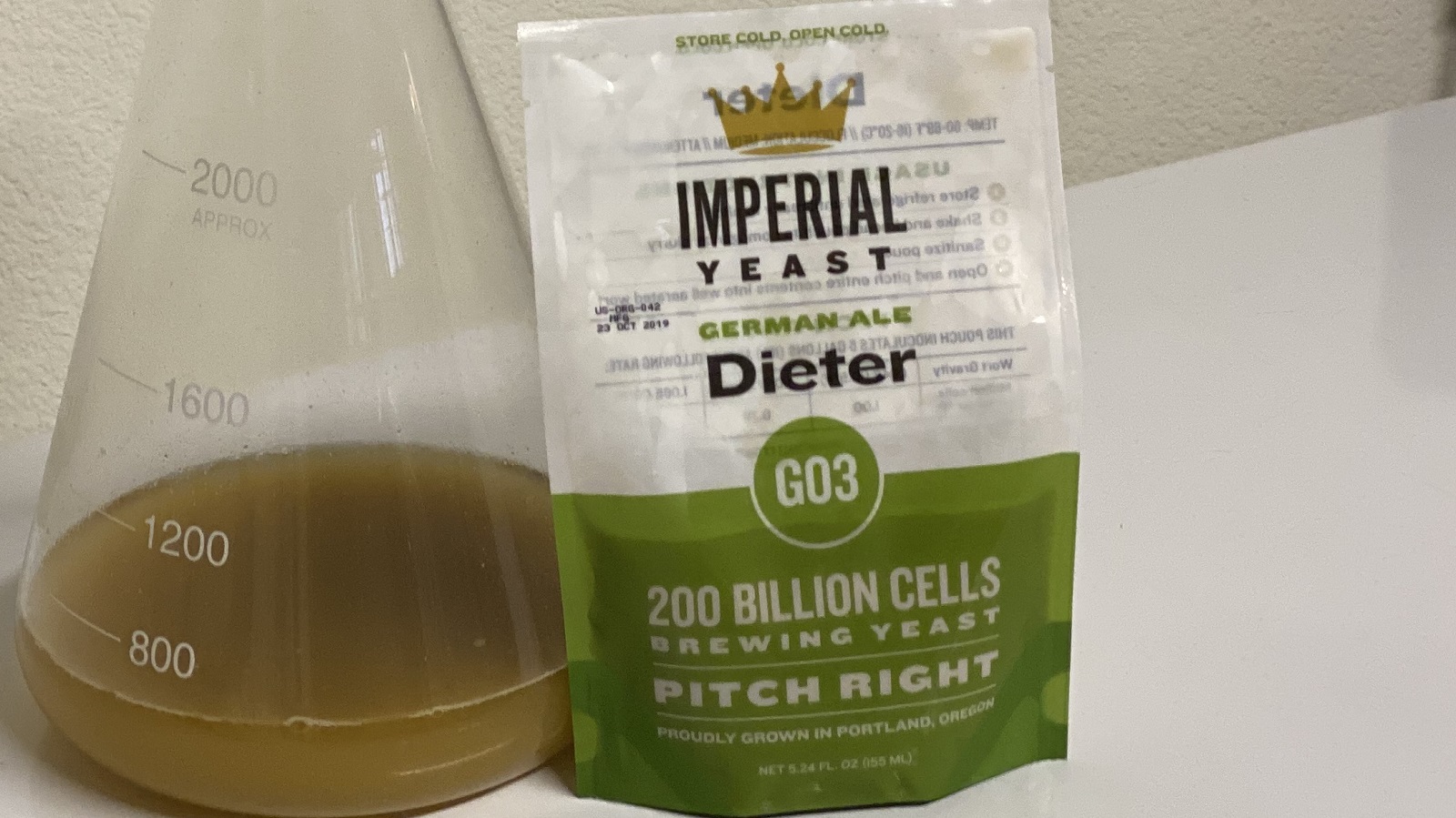
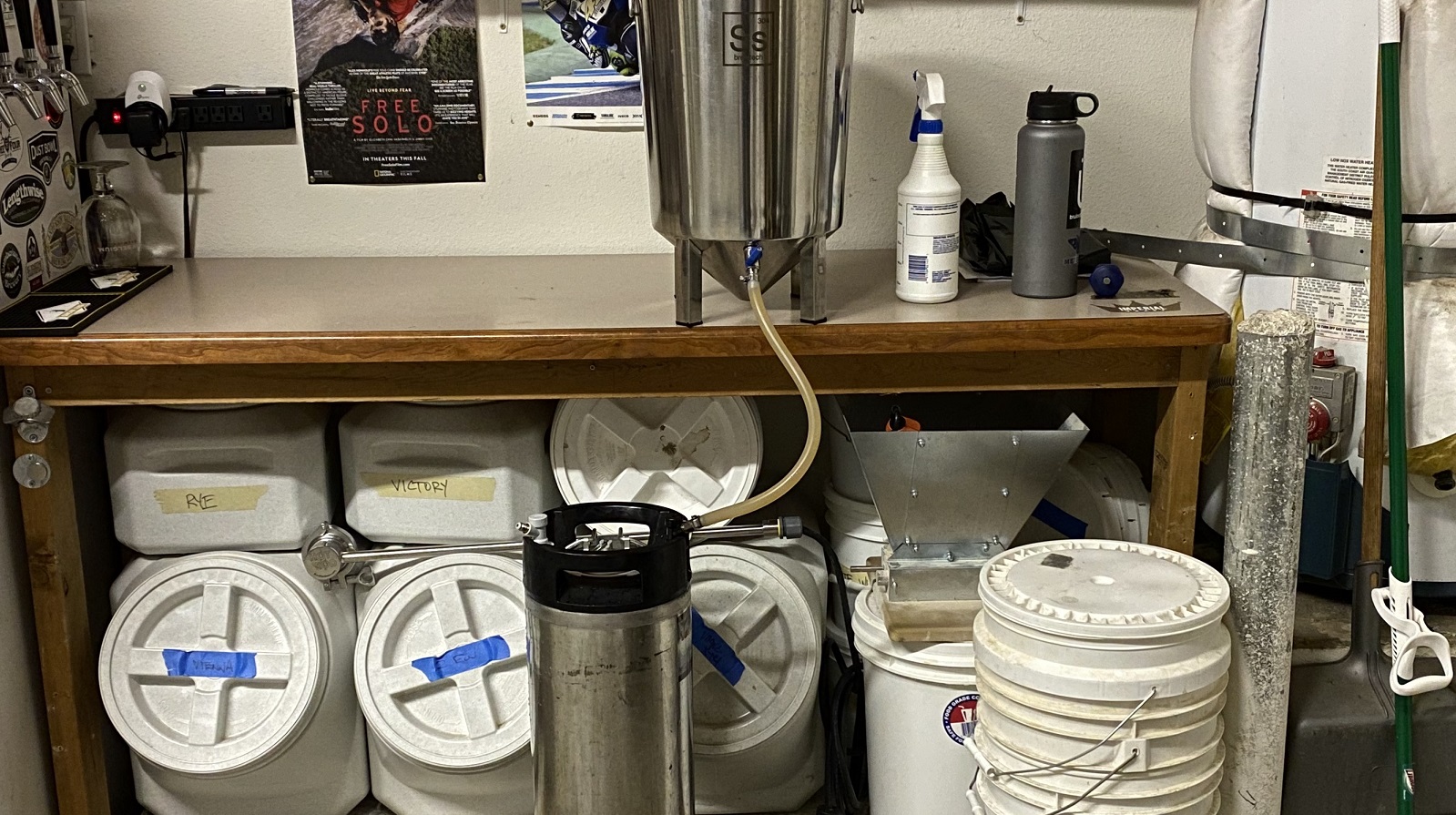
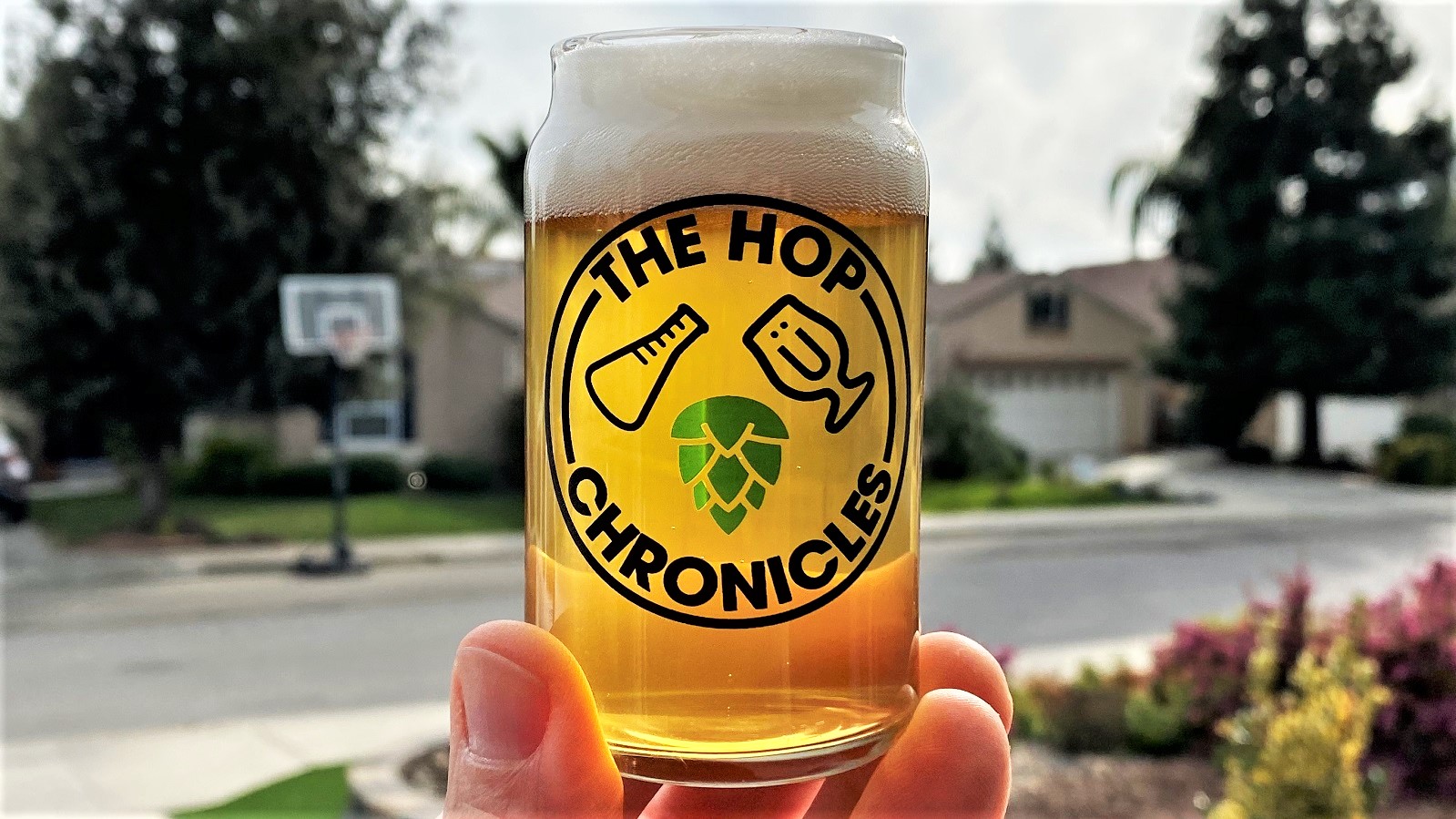

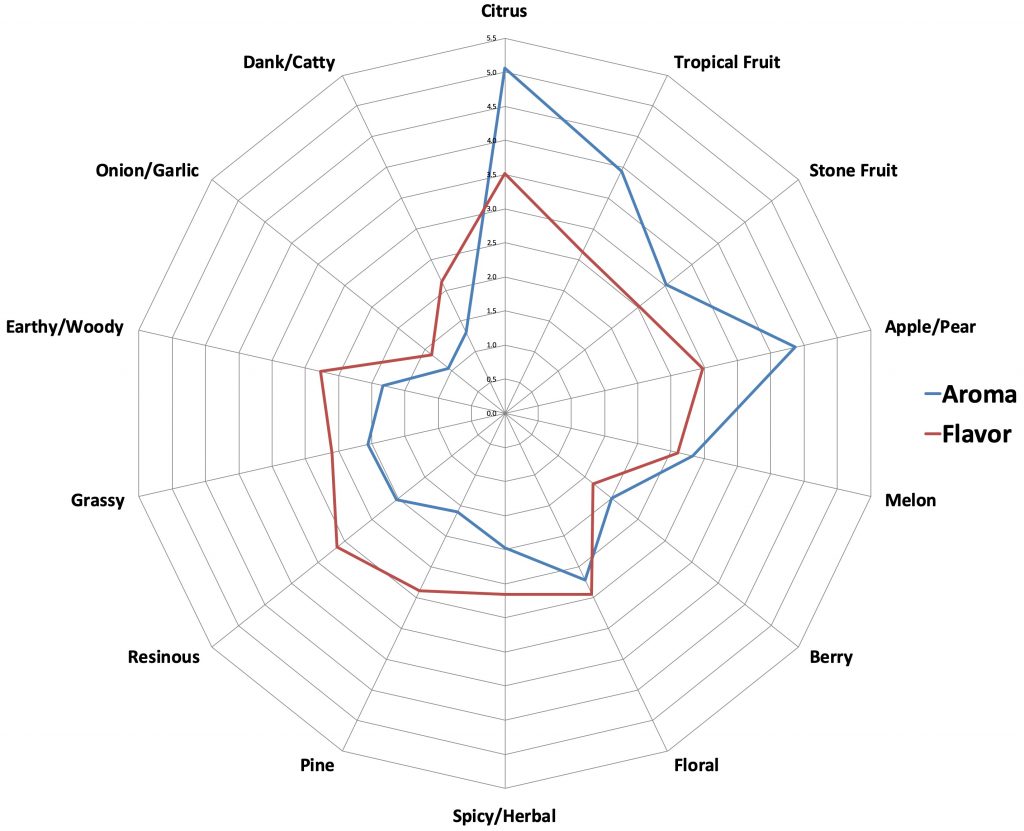
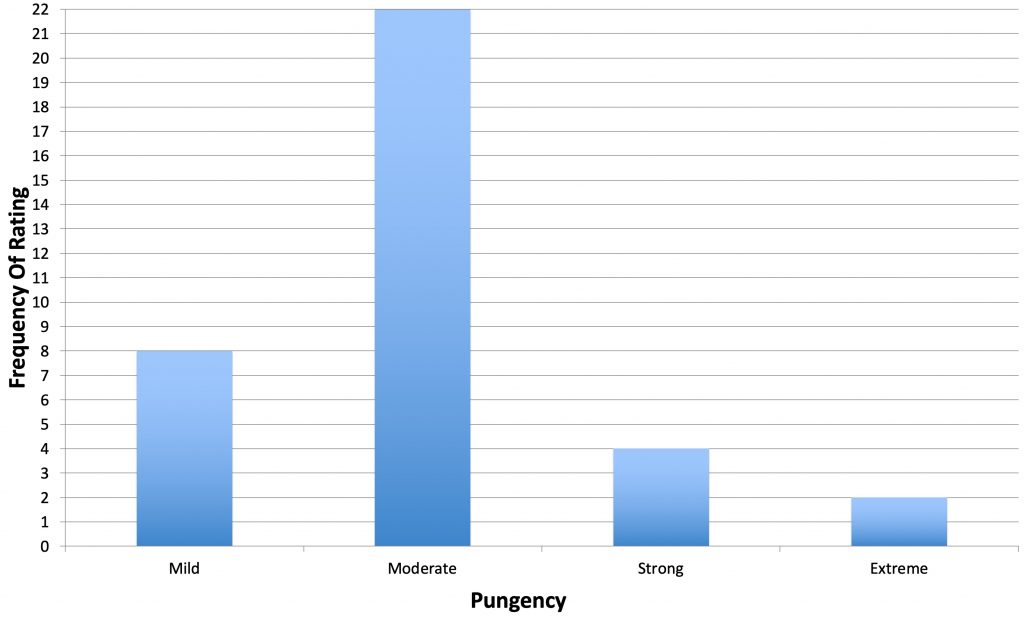
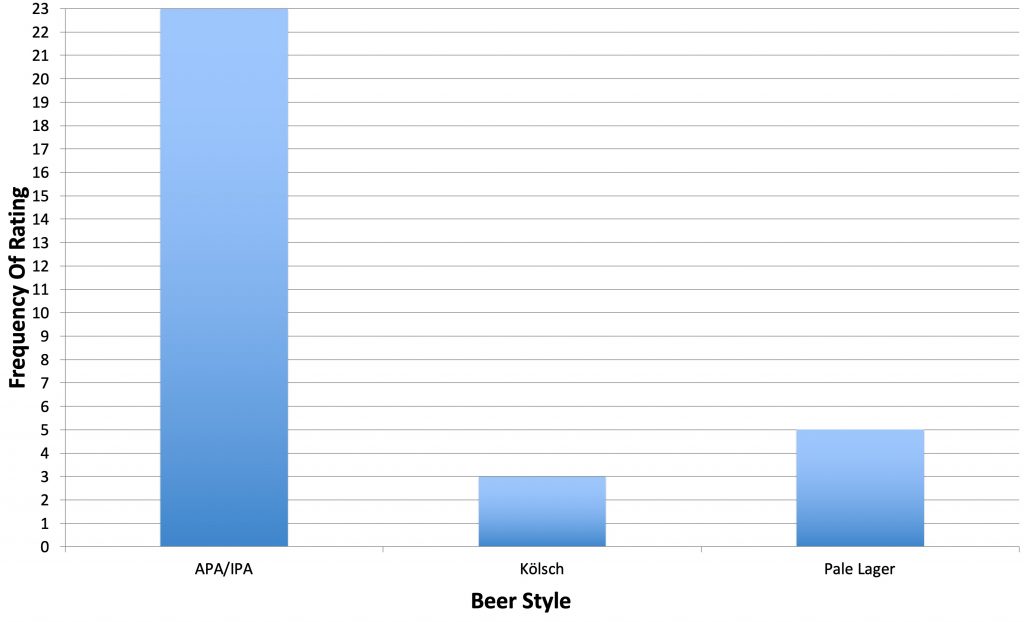
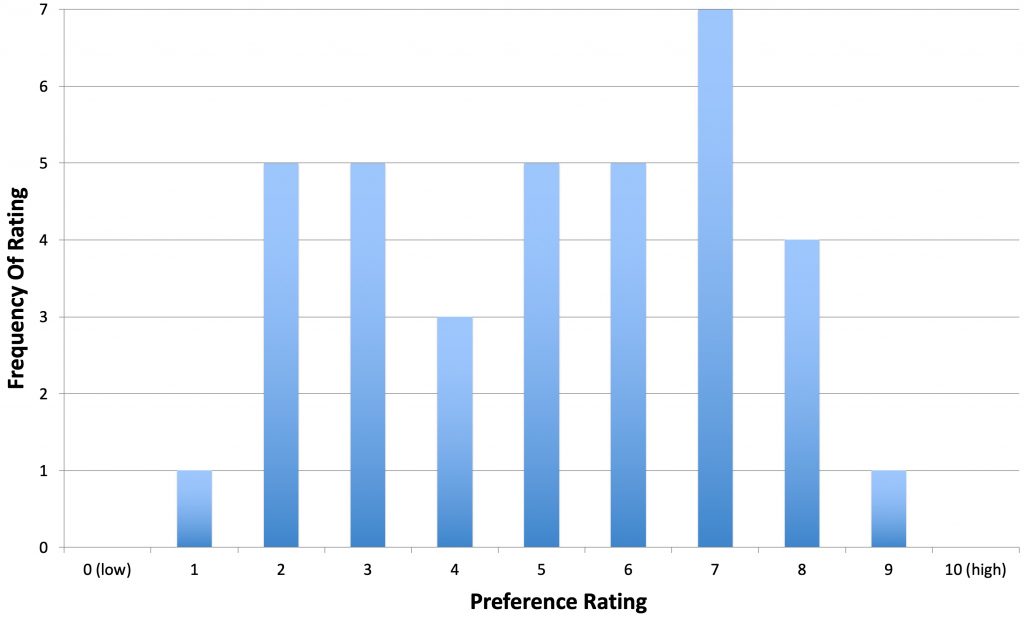











11 thoughts on “The Hop Chronicles | Mandarina Bavaria (2018) Pale Ale”
Do you think the apple/pear here, and in Warrior, could actually be coming from Dieter?
Paul and I just discussed this exact idea and will start using Flagship again just in case. That said, we’ve been using Dieter for awhile and apple/pear hasn’t been that common, which causes me to wonder if Warrior might have similar lineage as Mandarina. No way to know since they keep that under wraps.
Awesome! I’m glad to see someone else was curious about the apple/pear aroma coming from the Dieter yeast. I posted this same question on the Waimea hop chronicle last February. Apple/pear seemed a bit out of place for Waimea, Cashmere, Warrior, and now Mandarina Bavaria…and all those chronicles used Dieter.
As always, keep up the awesome work!
Very nice! There’s a subtle plug for the Hangover. I got the Clawhammer system, but I do think recirculating when cooling is awkward, that’d be a good solution. Also, this could give a better extraction during whirlpool. What’s your opinion?
I haven’t done any testing on that, but it would be interesting. What I generally do is to sanitize the pump and chiller during the ramp-up to the boil. Once the wort gets to 190 I recirculate it using the Hangover for 10 minutes. Then when the boil is complete I recirculate it again while the wort is above 180 and while I’m hooking up my cooling water hoses. I normally let that go for about 5 minutes before I start the water flowing to chill the wort.
I love the Hangover. As you can see, I use it like a third hand. I hook up my brewing water connection (which tees off of our whole-house carbon filter), I recirculate, and the best is that when I clean the whole system I can clamp it on the side of my garage sink.
I’ve really liked using mandarina as a late addition hop to my honey wheat brews. Adds something interesting to it without being overpowering.
I used Mandarina Bavaria to dry-hop a sour wheat beer last year. Following anecdotal evidence from some German forum(s) (maybe even only one thread), the mandarine was said to come out after long-enough dry-hopping, specifically at least 7 days, so I left it 7-8 days before bottling (100 g in 20ish litres). It smelled strongly of canned mandarines but that was much less prominent/obvious in the taste.
Cheers,
Yann
I found it be very refreshing and highly drinkable in a Saison.
I used Mandarina Bavaria in a cream ale and it gave a light citrus-y taste.
I think your last comment hits the nail on the head. IMHO this is a perfect hop for lighter less hoppy beer styles where you want to add something a little extra and unique.
Yep. Everything isn’t an IPA hop. This is great in a pils or kölsch, but i really like it in Vienna lagers.